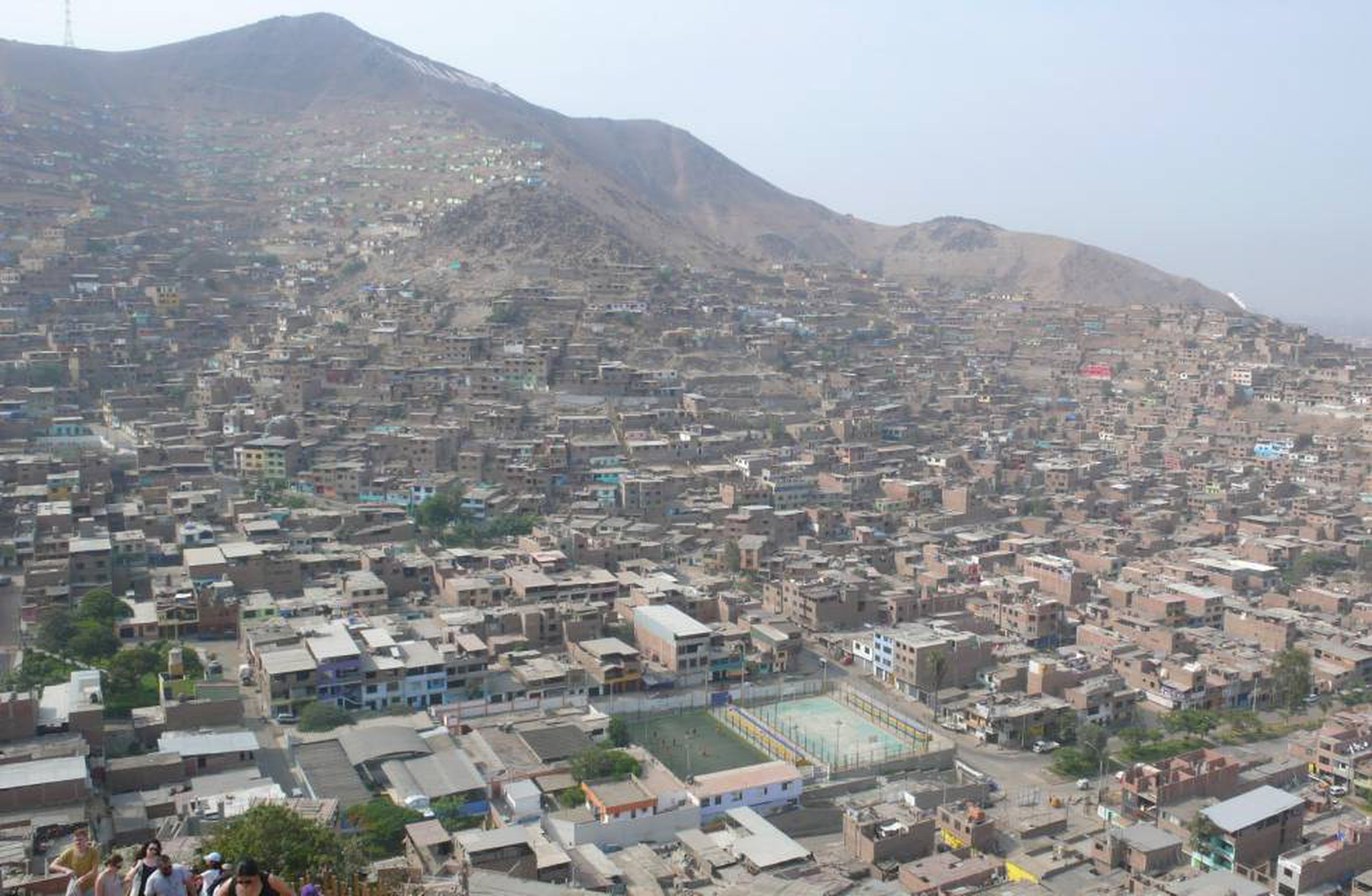Scale, power and control across socio-spatial spontaneous order
In between citizens and territory: the scale as spatial moment of control
The social struggle between householders and mercantilist state considers the space (land) as the source of value and power (votes). The social strategy of letting citizens occupy marginal land and allow to lay spaces for incremental housing (Law extending property deeds)1, creates a new scale out of normative territorial control of municipal boundaries, which is beyond measurable cartesian space.
The process to obtain a house under free market for citizens that can not afford it within the formal supply mechanism, is also driving them to modify the first nature in the surrounding foothills of Lima. Informal urbanization is transforming seasonal cloud vegetation into permanent urban fabric (a second nature). Therefore, the scale where expontaneous order emerges is multidimensional.
Thus, the “spatial moment of control”2 over marginal land that is permiting citizens to afford housing, defines the scale of territory out of the control of social institutions and its values that are defined by social relationships at a given moment, which in this case is the stage of decentralized expansion of the city in the context of economic growth in Lima.

Figura. El Ermitaño, Lima (Fuente: Golda-Pongratz, publicado en El Pais https://elpais.com/elpais/2019/02/08/seres_urbanos/1549624618_804523.html)
Territorial scale and territorial coherence of informal urban land
Scale is/as a form of territorial coherence, it is a closed self-sufficient system that is implemented via the institutional-regulatory system 2.
Informal urbanization produces scale, it is a mechanism that rolls out independiently influencing institutions along the way towards physical and demographical limits. How much land is accesible to occupy? how many people will end up inhabiting Lima metropolitan area? is there free space (or scales) to develop in and out the current boundaries?
Thus, scale designates an emergent socio-spatial dimension in the land market. Under this self-organized institutional and regulatory conditions, the informal urbanization component that is part of the system 1 allows capital circulation and accumulation across space. Therefore, is the Law 31056 that “circunscribes the power of capital to command space” 2 catalizing the realization of the material fabric of the city at local scale, self-regulating the spatial and temporal extend of its operation across different places, creating the contingent scale at a given time of the informal urbanization process. The aforementioned sequence provides a rationale to analyze the metropolitan rescaling towards the city region, a new form of spatial coherence over a broader surface, where expontaneous order is persisting.